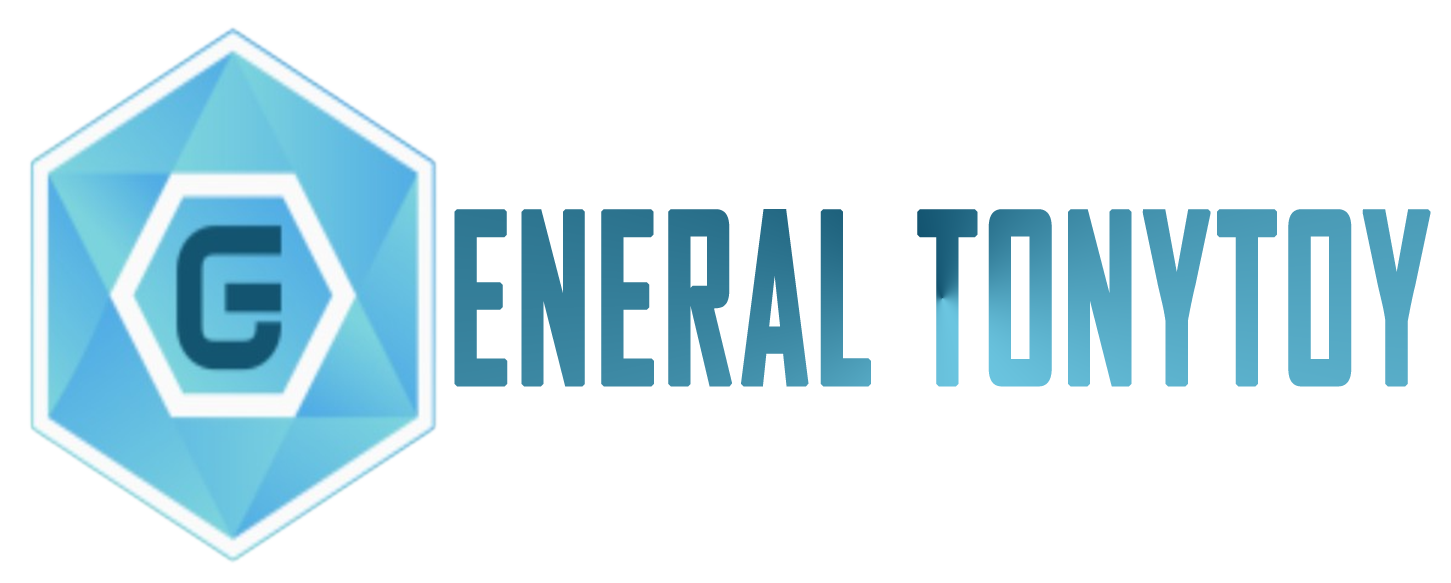In the relentless pursuit of operational excellence, businesses are increasingly turning to Integrated Automation as a transformative solution that harmonizes disparate systems and processes to enhance efficiency, accuracy, and adaptability. This innovative approach to automation is not just about isolated task optimization but rather about creating a seamless orchestration of workflows and technologies that transcend traditional organizational silos.
Contents
Decoding the Essence of Integrated Automation
Integrated Automation is a multifaceted concept that revolves around the integration of various automated systems, tools, and technologies within an organization. At its core, it’s about weaving together the intricate fabric of disparate processes, both digital and physical, into a cohesive, interconnected ecosystem. This holistic approach to automation breaks down the barriers between departments, promoting cross-functional collaboration, and enables a unified view of operations.
Read Also: The Future of Work IT Process Automation Unleashed
The Building Blocks of Integrated Automation
The pillars of Integrated Automation encompass a spectrum of elements that work in tandem to create a well-synchronized automation framework:
- Data Integration: Central to Integrated Automation is the seamless flow of data across systems and applications. Robust data integration solutions ensure that information is readily available where and when it’s needed.
- Process Orchestration: This involves the intelligent coordination of various tasks and workflows, aligning them with the overarching business objectives. Process orchestration optimizes resource allocation and enhances overall efficiency.
- IoT Integration: In an increasingly connected world, Integrated Automation often extends to Internet of Things (IoT) devices, allowing real-time monitoring and control of physical assets and processes.
- Artificial Intelligence: AI-powered algorithms are employed to extract actionable insights from data streams, enabling predictive analytics and informed decision-making.
- Workflow Automation: Workflow automation tools streamline routine tasks, enabling employees to focus on higher-value activities. These tools often feature drag-and-drop interfaces for building customized automation sequences.
Read Also: Revolutionizing Industries The Rise of Flexible Automation Inc
The Impact on Organizational Dynamics
The adoption of Integrated Automation transcends operational improvements and has a profound impact on how organizations function:
- Enhanced Collaboration: Silos are dismantled as departments work in concert through shared processes and data, fostering collaboration and cross-functional synergy.
- Real-time Decision-Making: Access to up-to-the-minute data and AI-driven insights empowers decision-makers to respond swiftly to changing conditions and make informed choices.
- Scalability: Integrated systems are designed to scale with the organization’s growth, ensuring that automation keeps pace with expanding operations.
- Resource Optimization: Through streamlined processes and data-driven insights, resources are allocated more efficiently, minimizing waste and maximizing productivity.
- Customer-Centricity: Integrated Automation enables organizations to better understand and serve their customers by delivering personalized experiences and proactive support.
Read Also: The Evolution of Flexible Automation Adapting to a Changing World
Diverse Applications Across Industries
Integrated Automation transcends sector boundaries, offering a broad spectrum of applications:
- Manufacturing: Factories benefit from seamless integration of production lines, inventory management, and quality control, leading to greater efficiency and reduced downtime.
- Healthcare: Integrated systems improve patient care by streamlining administrative tasks, ensuring accurate medical records, and expediting billing processes.
- Retail: Retailers utilize Integrated Automations to optimize inventory management, enhance customer experiences through personalized marketing, and optimize supply chain logistics.
- Finance: Financial institutions integrate systems for faster and more secure transactions, fraud detection, and regulatory compliance.
Read Also: Unlocking the Power of Programmable Automation in HubSpot
The Road Ahead
As organizations navigate the complex landscape of the modern workplace, Integrated Automation stands as a beacon of innovation, fostering harmony among diverse systems and processes. With its unique ability to unlock synergies, break down silos, and enhance operational agility, Integrated Automations is poised to be the linchpin of success in the era of digital transformation. The question is not whether to embrace it, but rather how organizations can harness the full potential of Integrated Automations to drive growth, adaptability, and excellence in their operations.

